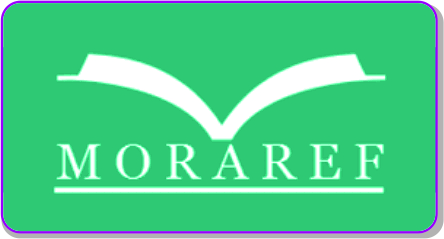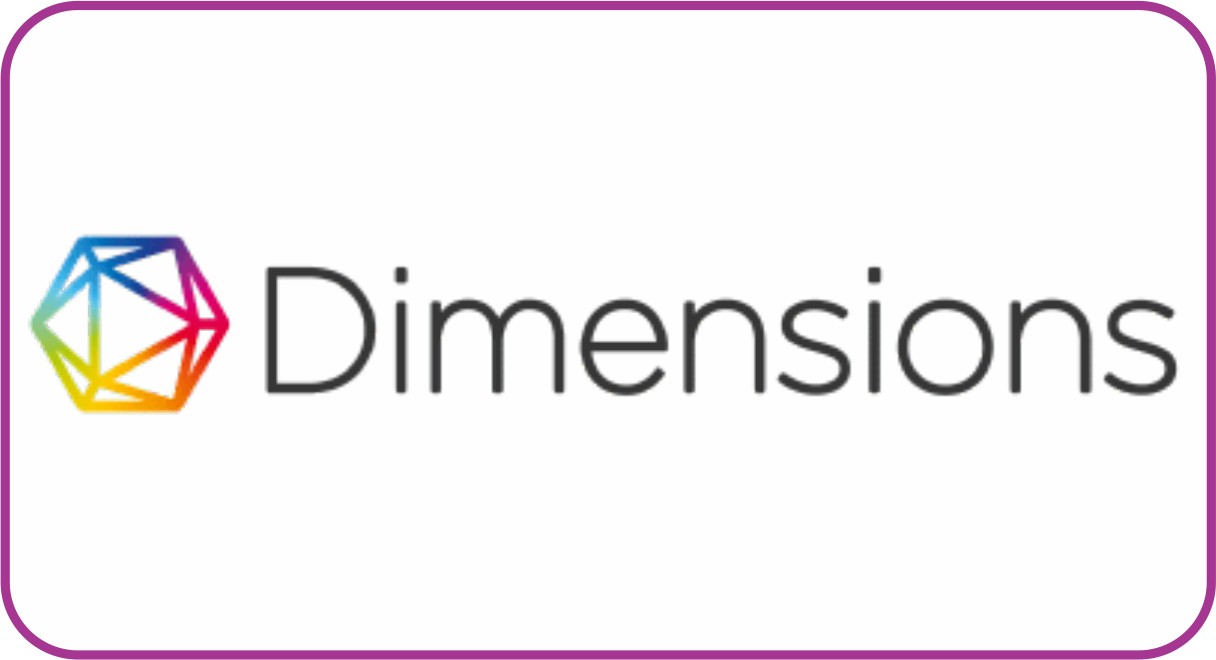The Effectiveness of Ledp Application on Students’ Listening Comprehension
DOI:
https://doi.org/10.30983/mj.v3i2.6874Keywords:
LEDP application, listening comprehension, application as teaching mediaAbstract
Abstract
This research was aimed to measure the effectiveness of Listen English Daily Practice (LEDP) application in the improvement of 8th graders’ listening comprehension skills. There were 34 students comprised in one class involved as the sample of this study. This research used quantitative method with experimental approach and one-group pretest post-test design. In collecting the data, 20 multiple-choice questions in the pre-test and post-test were used as the instruments after the students were instructed to listen to conversation videos taken from YouTube. Data analysis of paired sample test was used in analyzing the data. That data analysis showed that the average score gained by the students in the post-test (82.20) was higher than the one in the pre-test (49.70). Besides, the calculation by using paired-sample test revealed that the standard error mean made by the students in the pre-test was 1.606 while in the post-test was 1.371. These findings showed that the errors made by the students in the post-test was smaller than in the pretest. The correlations between LEDP application as variable X and students’ listening comprehension skills as variable Y computed through paired-sample correlations indicated significant value of 0.01 which was lower than 0.05 (Sig. 0.01<0.05); meaning that the two variables were correlated. Therefore, this research rejected H0 and accepted Ha. To conclude, LEDP was an effective application utilized in improving students’ listening comprehension skills.
Keywords: LEDP application, listening comprehension, application as teaching media
Abstrak
Â
Penelitian ini bertujuan untuk mengukur efektivitas dari aplikasi Listen English Daily Practice (LEDP) pada peningkatan keterampilan pemahaman menyimak siswa kelas 8. Terdapat 34 orang siswa dalam 1 kelas yang dilibatkan sebagai sampel. Penelitian ini menggunakan metode kuantitatif dengan pendekatan ekperimen dan disain one group pre-test post-test. Dalam mengumpulkan data, 20 pertanyaan pilihan berganda pada pre-test dan post-test digunakan sebagai instrument dengan terlebih dahulu meminta siswa untuk menyimak topik percakapan yang peneliti ambil dari YouTube. Analisa data statistic paired-sample test digunakan dalam menganalisa data. Hasil Analisa tersebut menunjukkan capaian nilai rerata siswa pada post-test (82,20) lebih tinggi daripada nilai rerata pre-test (49,70). Selain itu, perhitungan menggunakan paired-sample test menunjukkan bahwa standar rerata kesalahan pada pre-test asalah 1,606, sedangkan pada post-test adalah 1,371. Hal ini berarti kesalahan siswa pada post-test lebih rendah daripada pre-test. Korelasi antara LEDP sebagai variabel X dengan keterampilan pemahaman menyimak sebagai variabel Y yang dihitung melalui paired-sample correlations menunjukkan nilai signifikan 0,01 lebih rendah dari 0,05 (Sig. 0,01<0,05) yang berarti terdapat korelasi antara kedua variabel tersebut. Dengan demikian, hasil penelitian ini menolak H0 dan menerima Ha. Sebagai kesimpulan, LEDP merupakan aplikasi yang efektif dalam meningkatkan keterampilan pemahaman menyimak siswa.
Kata Kunci: aplikasi LEDP, pemahaman menyinak, aplikasi sebagai media ajar
References
Abdulrahman, T. et.al. (2018). The impact of podcasts on EFL students’ listening comprehension, IJOLE: International Journal of Language Education, 2(2), 23-33.
Audina, I.P., et.al. (2022). YouTube video for listening skills during covid-19 pandemic: EFL students’ views. Jurnal Penelitian dan Pengembangan Sains dan Humaniora, 6(3), 327-334. DOI: https://doi.org/10.23887/jppsh.v6i3.55809.
Creswell, J. (2016). Research in education: design, conduct and evaluation of quantitative and qualitative research. Athens: SAGE Publication.
Bano, F. (2017). Towards understanding listening comprehension in EFL classroom: the case of the Saudi learners. English Language Teaching, 10(6), 21-27.
Emilia, V. et.al. (2023). Dailymotion application as teaching media to increase students’ listening skills. TEFL Overseas Journal, 11(1), 92-102.
Frey, B.B. (2018). The SAGE encyclopedia of educational research, measurement, and evaluation. SAGE Publication, Inc.
Gerald, B. (2018). A brief review of independent, dependent and one sample t-test. International Journal of Applied Mathematics and Theoretical Physics, 4(2), 40. DOI: https://doi.org/10.11648/j.ijamtp.20180402.13.
Gilakjani, A.P. & Sabouri, N.B., (2016). The significance of listening comprehension in English language teaching. Theory and Practice in Language Studies, 6(8), 1670-1677. DOI: http://dx.doi.org/10.17507/tpls.0608.22.
Gilakjani, A.P, & Ahmadi, M. R. (2011). A study of factors affecting EFL learners’ English listening comprehension and the strategies for improvement. Journal of Language Teaching and Research, 2(5), 977-988.
Hamouda, A. (2013). An investigation of listening comprehension problems encountered by Saudi students in the EL listening classroom. International Journal of Academic Research in Progressive Education and Development. 2(2), 113-155.
Kim, H.S. (2015). Using authentic videos to improve EFL students’ listening comprehension. International Journal of Contents, 11(4), 15-24.
Kurita, T. (2012). Issues in second language listening comprehension and the Pedagogical Implications. Accents Asia, 5(1), 30-44.
MacháÄková, E. (2009). Teaching listening. bachelor thesis, pedagogical faculty department of English language and literature. Masaryk University Brno.
Morley, H. J., & Lawrence, M. S. (1971). The use of films in teaching English as a second language. Language Learning, 22(1), 101-3.
Ningtias, F.P., et.al. (2021). British Council podcast apps to improve students’ listening comprehension. Wiralodra English Journal (WEJ), 5(2), 28-38.
Nurussyifa, N. & Izzah, L. (2022). Application of Listening English Practice in understanding listening for junior high school students. SCRIPTA, 9(2), 158-171.
Purwanto, H.N. (2022). The effect of DuoLingo and SPADA to teach listening to students with different achievement levels. EEJ: English Education Journal, 12(1), 87-95.
Rost, M. (1994). Introducing listening. London: Penguin books.
Qomariyah, S.S., et.al. (2021). The effect of YouTibe video on students’ listening comprehension performance. Jo-ELT: Journal of English Language Teaching, 8(1), 67-73.
Silvi, N.I. & Nurjati, N. (2023). The effect of using spotify application on EFL listening achievement of senior high school student. SCRIPTA, 10(1), 166-174.
Sondy, T.D., & Mandasari, B. (2021). Teaching English through YouTube video to improve students’ listening comprehension for tenth grade students of SMK Negeri 8 Bandar Lampung. Journal of English Language Teaching and Learning, 4(1), 34-39,
Vahdat, S, & Eidiour, M. (2016). Adopting CALL to improve listening comprehension of Iranian junior high school students. Theory and Practice in Language Studies, 6(8), 1609-1617. DOI: http://dx.doi.org/10.17507/tpls.0608.13.
Vega, O. (2016). Factors to consider when teaching listening comprehension in the EFL/SL classroom. MEXTESOL Journal, 40(4), 1-6.
Yuyun, I. & Simamora, F,Y, (2021) The use of YouTube to support EFL student’s listening skills. ELLTER-J, 2(2), 1-12.
Downloads
Additional Files
Submitted
Accepted
Published
Issue
Section
License
Authors who publish with this journal agree to the following terms:
- Authors retain copyright and grant the journal right of first publication with the work simultaneously licensed under a Creative Commons Attribution License that allows others to share the work with an acknowledgment of the work's authorship and initial publication in this journal.
- Authors are able to enter into separate, additional contractual arrangements for the non-exclusive distribution of the journal's published version of the work (e.g., post it to an institutional repository or publish it in a book), with an acknowledgment of its initial publication in this journal.
- Authors are permitted and encouraged to post their work online (e.g., in institutional repositories or on their website) prior to and during the submission process, as it can lead to productive exchanges, as well as earlier and greater citation of published work (See The Effect of Open Access).









